




Today's Medicine
'They Saved Your Life, Dad': Patient Transfer Line Makes Big Difference in Western Iowa
Published: Nov. 25, 2019
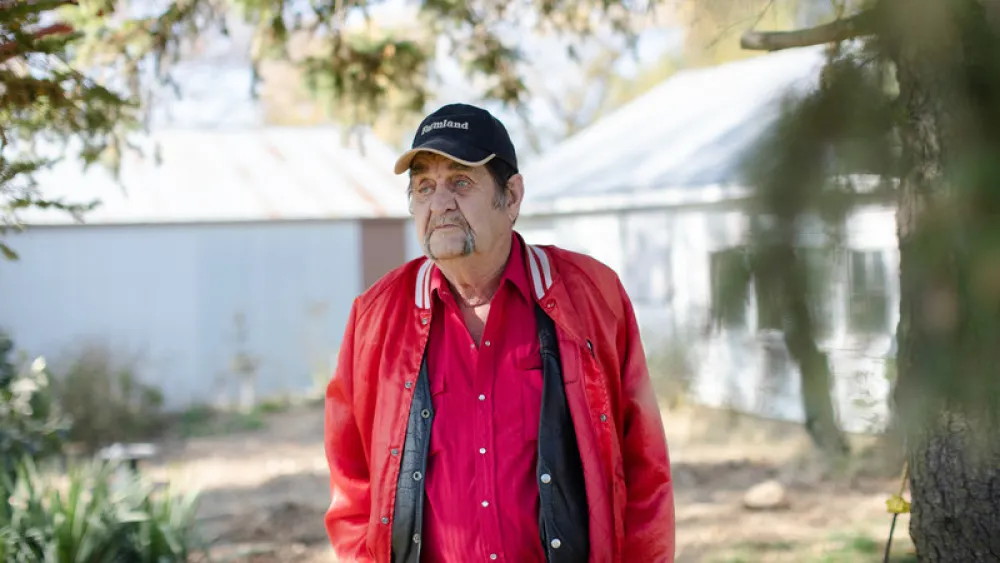
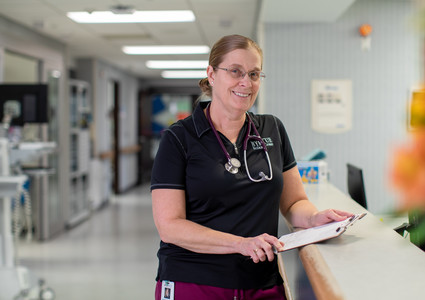
Ferry’s father, Arden Hargens, was on the other end of the line. He’d fallen at his home in nearby Earling and needed help. The couple arrived to find that Arden, 79, hadn’t broken anything, but he was weak, couldn’t get up and looked ashen. They immediately drove him to the closest emergency room at Myrtue Medical Center in Harlan.
“That’s when we realized how sick he was,” said Ferry, a physician assistant who has worked at the hospital for 30 years.
A CT scan revealed how serious the situation was: Arden had massive bilateral pulmonary embolisms, life-threatening blockages of both of his pulmonary arteries. He was in stable condition but needed specialized treatment.
That’s when staff picked up the phone to use a service Ferry knows well: Methodist Jennie Edmundson Hospital’s one-call patient transfer line.
A Challenge in the ED
The transfer line was established in 2014 with patients like Arden in mind.
Jennie Edmundon’s Emergency Department (ED) was used to seeing a variety of patients: Those having heart attacks or strokes and in need of the hospital’s immediate lifesaving care; some who didn’t have emergencies but needed the resources Jennie Edmundson offered; and others who required immediate specialized services available in Omaha.
But valuable time could be lost triaging patients when they arrived. The challenge emergency services director Courtney Schmid, MSN, RN, saw was making the system more efficient.
Schmid recalled an article about another facility that had implemented a hotline for incoming patients, and he thought, “Why not try it here?”
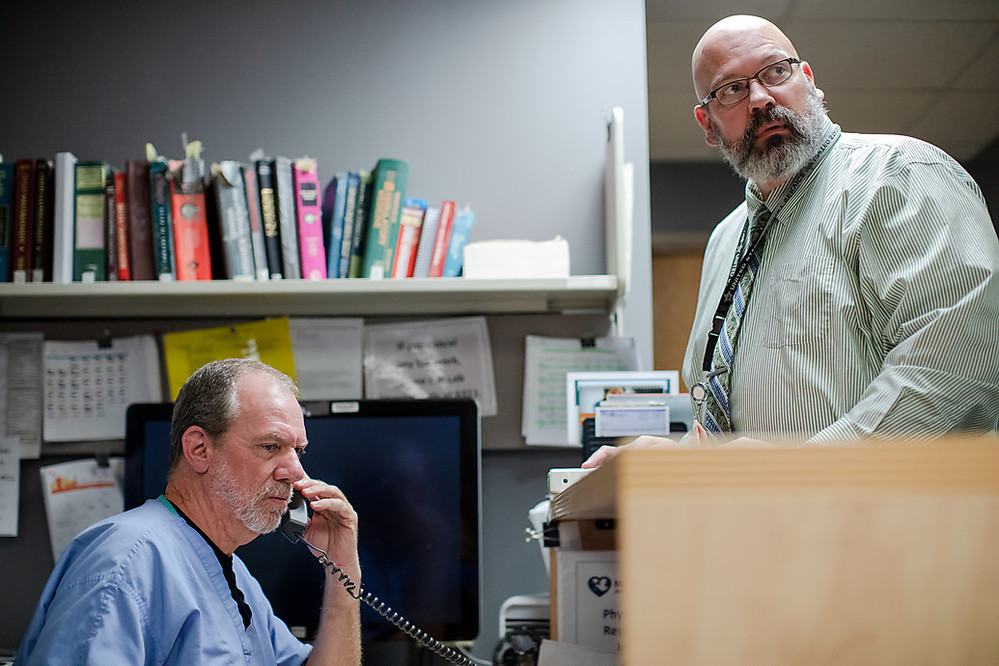
Here’s how the line works:
When staff at hospitals, at clinics or even on EMS teams in surrounding communities don’t have the resources patients need, they can call 844-JENNIE1 and immediately reach the Jennie Edmundson ED.
“It’s the Batphone,” said Tom Cheatle, MD, an ED physician at the hospital. “We pretty much stop everything to come answer the Batphone.”
The caller relays the patient’s condition and other vital information to an ED doctor who checks with the appropriate staff – a hospitalist, an orthopedic surgeon or the catheterization laboratory, for example – to ensure the hospital is able to accept the patient. Ninety-five percent of the time, Dr. Cheatle said, the answer is yes.
“It’s important to these rural hospitals because a lot of them need an easy way to transfer people to a higher level of care,” Schmid said. “If we can care for them, we say send them.”
Making a Difference
While the transfer line is available to any transferring provider, Jennie Edmundson has focused on spreading the word to Iowa hospitals. Among them are facilities in Denison, Clarinda, Hamburg, Atlantic, Shenandoah, Red Oak and Harlan, which is about 45 miles northeast of Council Bluffs.
The effort has paid off. When the line was established in 2014, it helped transfer 42 patients to Jennie Edmundson. Last year, that number climbed to 650.
Ferry said she uses the service several times a week, most commonly to transfer cardiac, pulmonary and sepsis patients, but also to ask for advice in the most acute situations.
“It’s so easy to transfer patients, and that makes my job as a professional easier,” Ferry said.
The benefits for patients are numerous. Among them:
- There’s less waiting for initial transfers to be coordinated.
- Patients arriving at Jennie Edmundson usually bypass the ED, saving time and keeping it open to others.
- Specialists, such as surgeons or cath lab staff members, are ready to provide care the moment patients arrive.

Improved Cardiac Outcomes
The transfer line is all about saving time. And when a patient is having a heart attack, every moment matters. The sooner they get to a cath lab and have a balloon or stent inserted into a blocked artery, the better. The goal is to provide such treatment within 120 minutes.
“Harlan usually has its heart attack patients in and out the door in 20 minutes or so,” said Julie Buckelew, MSN, RN, CCRN, chest pain coordinator at Jennie Edmundson.
“That’s super fast,” she added, and the transfer line has played a role.
“With the cardiac patients, it’s definitely improved patient outcomes with our door-to-transfer time and door-to-balloon time,” said Jennifer Lefeber, BSN, RN, emergency room manager at Myrtue Medical Center. “We wouldn’t have been able to do that without that relationship.”
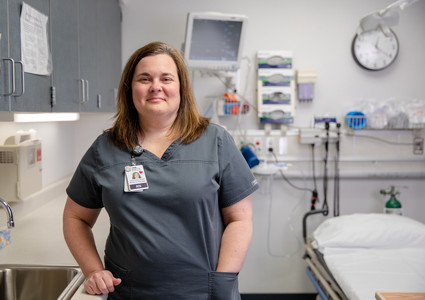
The relationship works the other way, too. After a cardiac patient is treated at Jennie Edmundson, the referring hospital receives information about the case and suggestions for improvement – “a real motivator,” Lefeber said. And when Methodist Physicians Clinic specialists – cardiologist Thomas Brandt, MD, pulmonologist Sumit Mukherjee, MD and vascular and vein surgeon Anjan Talukdar, MD – see patients at their outreach clinics in Harlan, it makes for a seamless patient experience, she added.
The transfer line has also been key to American Heart Association Mission: Lifeline recognition for Myrtue and Jennie Edmundson, awards that highlight the facilities’ commitment to quality cardiac care.
“There’s a lot of teamwork between the facilities and our team, and a lot of education that’s taking place,” Buckelew said.
“They Saved Your Life, Dad”
Jennie Edmundson accepted Arden, and he was taken to the ICU. The next morning, Dr. Talukdar determined the blood clots in Arden’s lungs were causing heart failure. He ordered a procedure to deliver a clot-busting drug to break them up – something that couldn’t have been done in Harlan, Ferry said.
The procedure was a success, and Arden was moved out of the ICU after a couple days. Within a week, he was headed back to Harlan for a stint in the hospital’s skilled nursing care unit before heading home.
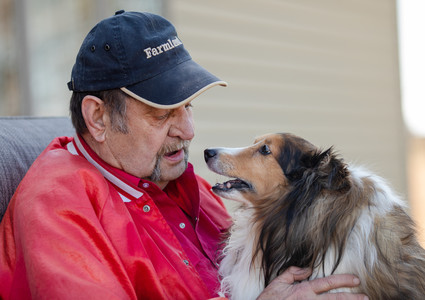
Arden has been on the mend since. He’s on blood thinners now, but he’s back to much of his own routine – driving to visit family, heading to church, getting groceries and caring for his dog, Kia.
“They saved your life, Dad,” Ferry said recently as they looked back on the experience.
“Yeah, they did,” Arden replied.
At times, he’s a man of few words, but he’s grateful to everyone and everything involved in his recovery. That includes a simple phone line that’s making a big difference for patients and providers across western Iowa.
“They did a good job,” he said. “Both hospitals did excellent jobs.”
Photos by Daniel Johnson.
More Resources
- Learn more about Methodist Jennie Edmundson's services
- Read more from the Winter 2019 issue of The Meaning of Care Magazine


